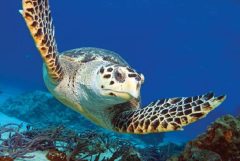The Galápagos’ Wildlife Experiences – A Beginner’s Guide

There are two things that make the Galápagos’ wildlife world-renowned.
The first is their historical and scientific significance, born of the naturalist Charles Darwin. It was in these far-flung, cactus-covered islands that animals developed unique features to help them survive. Many species had commonalities but also key differences that helped one thrive where another would not. It was these observations that cultivated Darwin’s theory of natural selection.
The second is that the animals are approachable, in some cases to the point of being a trip hazard. From the lazing sea lions to birds on their nests, animals in the Galápagos rarely bat an eye when resting in the shadow of a passing human.
Ready to start planning your perfect trip? Take a look at some of our suggested itineraries or reach out to talk to a Travel Expert!
A lay of the land

The Galápagos’ three largest islands are where most of the visitor infrastructure is to be found, including small towns where sea lions and the island’s human inhabitants live side-by-side. Many lodgings are located in or near these towns, though there are a few farm stays and lodges out in the countryside. As for the other 124 islands, accessible only by cruise or organised tour, the only sign of humans is the hiking trails.
Inhabited or otherwise, there is a commonality in the Galápagos: nature reigns supreme.
In the fields where cows graze beside lumbering tortoises and the harbours where the sunbathing sea lions have become local celebrities, nature and humans are practically joined at the hip.
Top 5 wildlife experiences to be had in the Galápagos
Getting off to a good start
One of my favourite things to do on my first day in the Galápagos is taking a walk through town. It may not seem as exhilarating as some of the other activities that await, but it provides the perfect intro to the Galápagos’ tame and diverse wildlife. A quick wander through the harbours and backstreets of Puerto Ayora or Puerto Baquerizo Moreno can turn up:
• Sea lions and marine iguanas napping on the seafront
• Frigatebirds soaring overhead without the slightest hint of effort
• Black finches and mockingbirds darting through the thorny shrubs
• Boobies and pelicans nosediving into the sea after fish
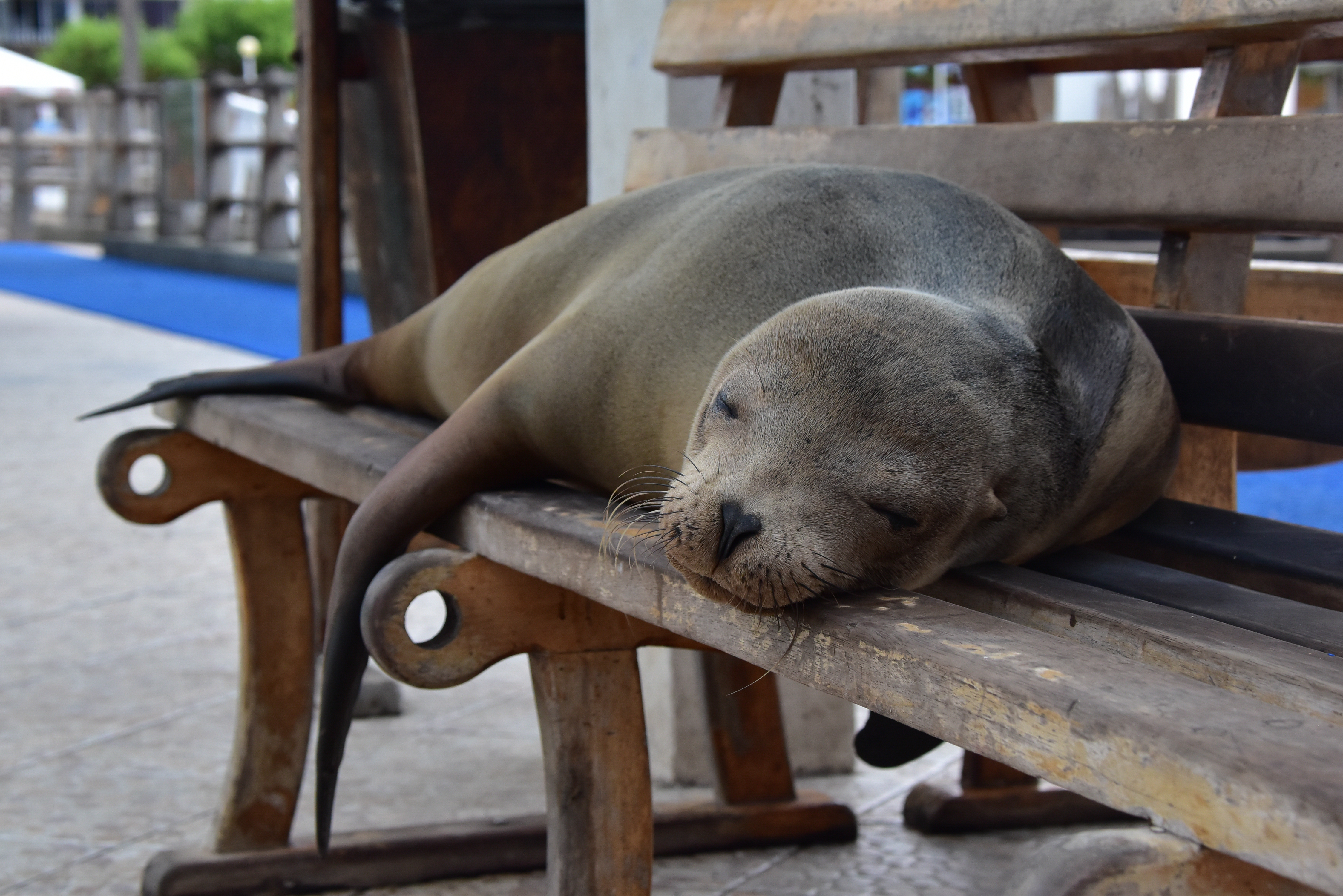
A spot (or many) of birdwatching
Another experience that, sometimes unexpectedly, becomes the highlight of many visits is boating to the islands’ inlets and cliffs to observe seabird colonies. The islands are home to many different types: boobies, named after the Spanish word for silly (bobo), put on elaborate performances during mating season, flapping their brightly coloured feet to potential partners. Frigatebirds take it even further, ballooning their vivid red chest pouches and shaking them with the vigour of a Rio Carnival dancer.

The famous Galápagos penguins and flightless cormorants take a little more effort to find, their colonies being more localised, but expert guides will be able to take you right to them. They can often be found basking on the boulders off the western islands and gently flapping their wings, as though they were lazily waving to your boat. Get your wetsuit on quickly enough and you may even be able to swim with them!
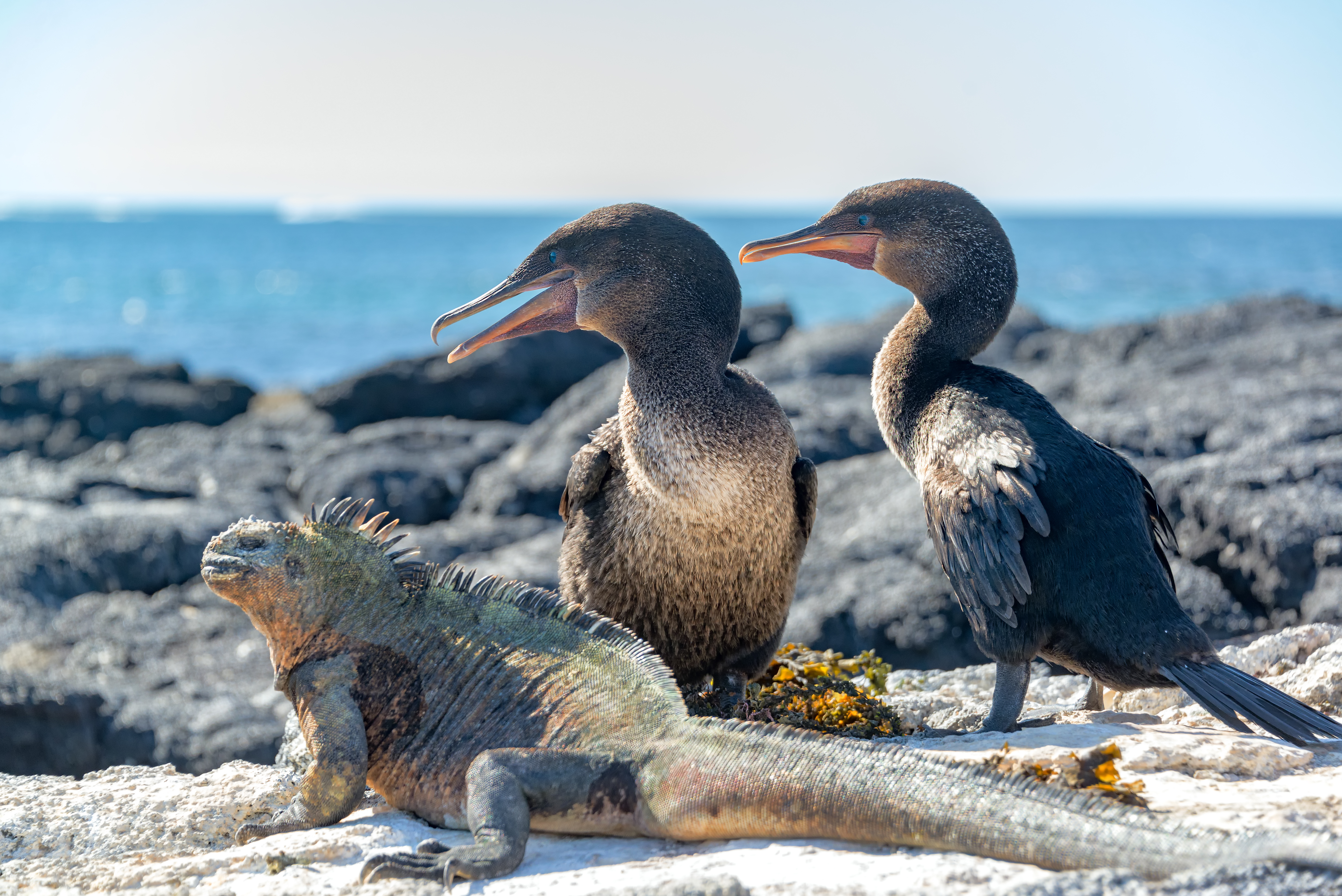
Española Island to the east is also worth a visit, especially for serious birders. In addition to endemic Galápagos doves and hawks flitting through the fields, this island hosts the only colony of waved albatross. Visitors can watch these birds doing a take-off akin to that of a small plane, sprinting on their tiny legs as they spread their two-metre wings, then gliding effortlessly across the waves.
Observing giant tortoises in the wild
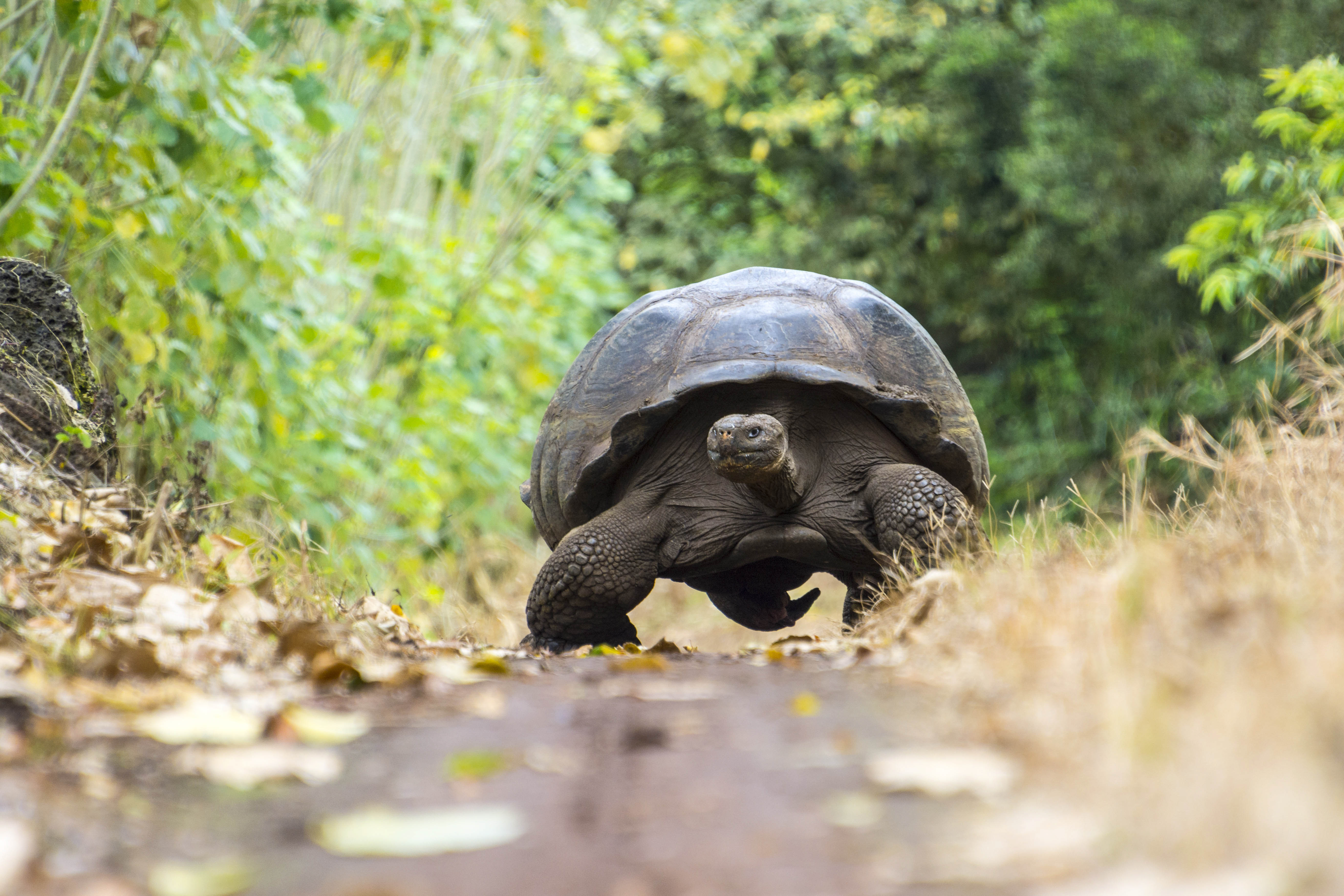
As the archipelago’s most iconic inhabitant, spotting Galápagos giant tortoises tends to feature highly on peoples’ wish lists. The best place to see and learn about them is at one of the research centres, where tortoises are bred for release into the wild. Here you’ll see hatchlings the size of a muffin and elders whose shells could comfortably accommodate a child.
Finding one in its natural habitat is a little bit less easy, but not too difficult. Lodges on Isla Isabela and Santa Cruz with extensive grounds also often have wild tortoises onsite, attracted by the waterholes left out for them: Magic Camp, Montemar and Galápagos Safari Camp are the best places to enjoy one's breakfast or dinner while watching them feeding. For those who are staying in the towns or on cruise ships, one can take trips into the highlands to visit these lodges as day visitors or to farms where the tortoises are often seen roaming past cattle.
Learning about Darwin’s discoveries
Travelling to learn about history always lends a new layer of discovery, and the same is true for Darwin’s journey to the Galápagos: traversing the 1000 km that isolate the Galápagos from the South American mainland, gazing at the arid, volcanic landscapes that Darwin initially believed were hostile to life, and having a guide explain to you how each animal contributed to his theory of natural selection. For example, the land iguana’s separation from green iguanas on the mainland leading to it becoming a whole new species, or the famous Darwin’s finches evolving to have different beak shapes to survive in the islands’ varied micro-climates.
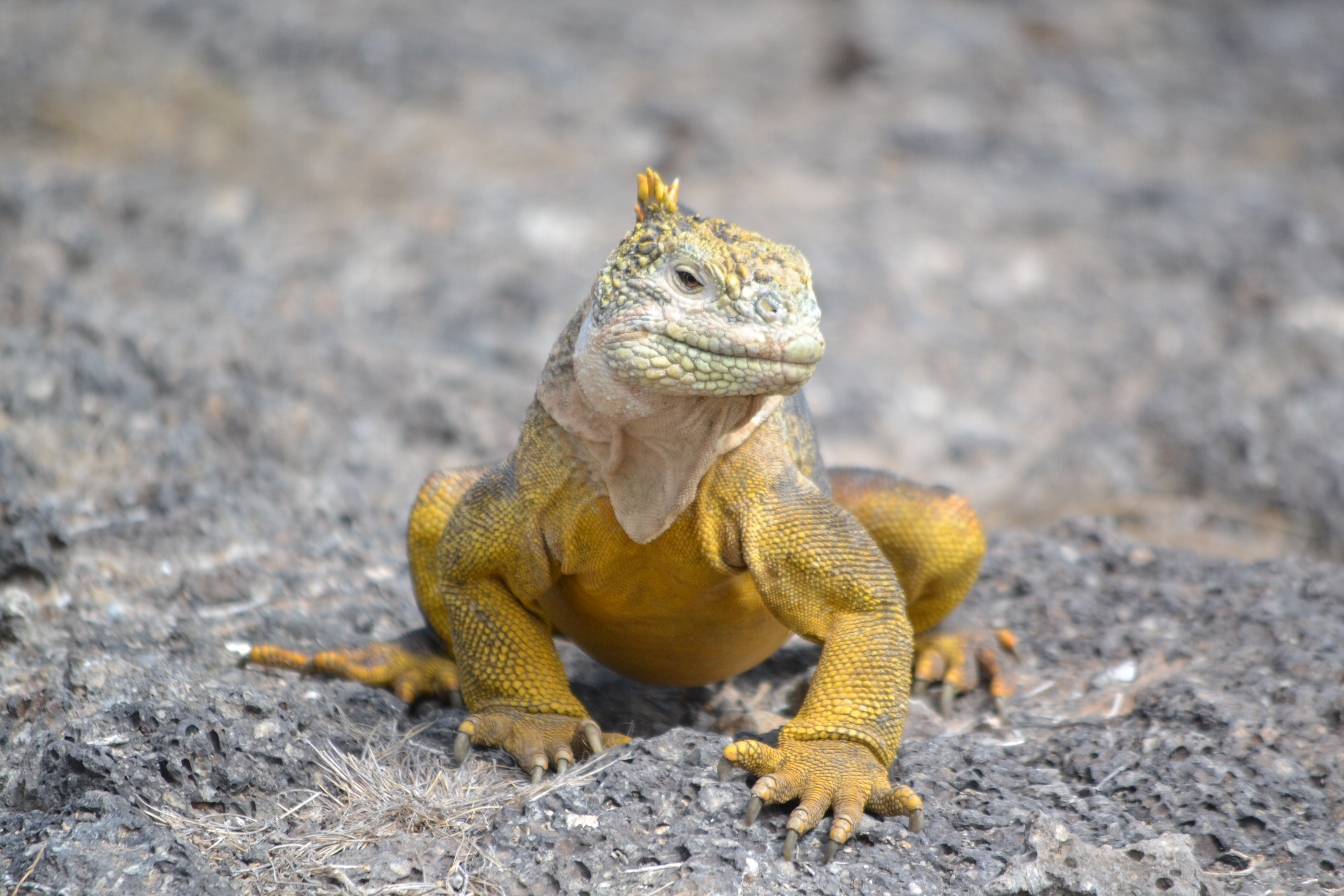
The Galápagos’ underwater world
If you enjoy snorkelling there are many wonders of marine life to be found centimetres below the surface. Strapped into a wetsuit, a gentle paddle away from the shore is all it takes to be face to face with giant sea turtles, or sea lions and marine iguanas showing their more active side.
A snorkel around some of the islands' reefs will reveal an even greater bonanza of sea life, with colourful fish, eagle rays and sharks are a frequent sight. One particular highlight is a school of 100 hammerhead sharks that inhabits the waters off San Cristóbal.

How to visit the Galápagos Islands
Cruise or land-based?
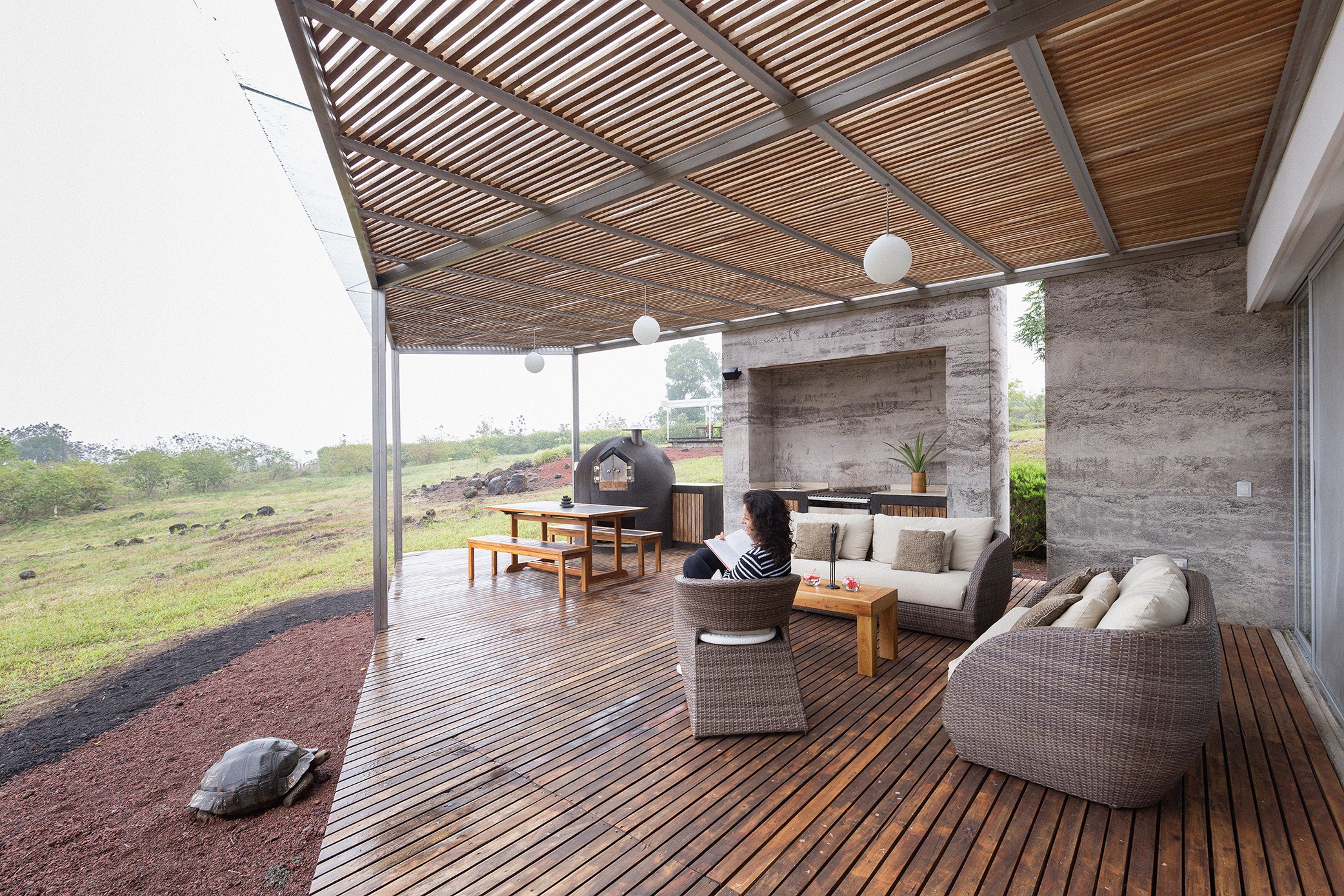

A question we’re often asked at Journey Latin America is whether to take a cruise or stay on land, and both have pros and cons.
From a purely wildlife-spotting point of view, most of the highlights can be found on Santa Cruz and San Cristóbal, whose accessibility and accommodation make them the main focus of land trips. Combine staying on these two with a few day trips by boat - Isla Española, Kicker Rock and penguin colonies off Isabela – and you’ll have practically seen all of its wildlife. In short, both a cruise and a land-based trip are good for wildlife spotting.
There are other things to consider too, though. Cruises offer the chance for more secluded encounters since certain islands are accessible only to them, and are better if you’d prefer to move around without packing and unpacking too often. On the other hand, land-based trips follow less rigid schedules than cruises and are more likely to come with private guides, and are better if you tend to get seasick.
We discussed the pros and cons to the different styles in more detail during our Virtual Travel Club video on Ecuador and the Galápagos.
Where else to go
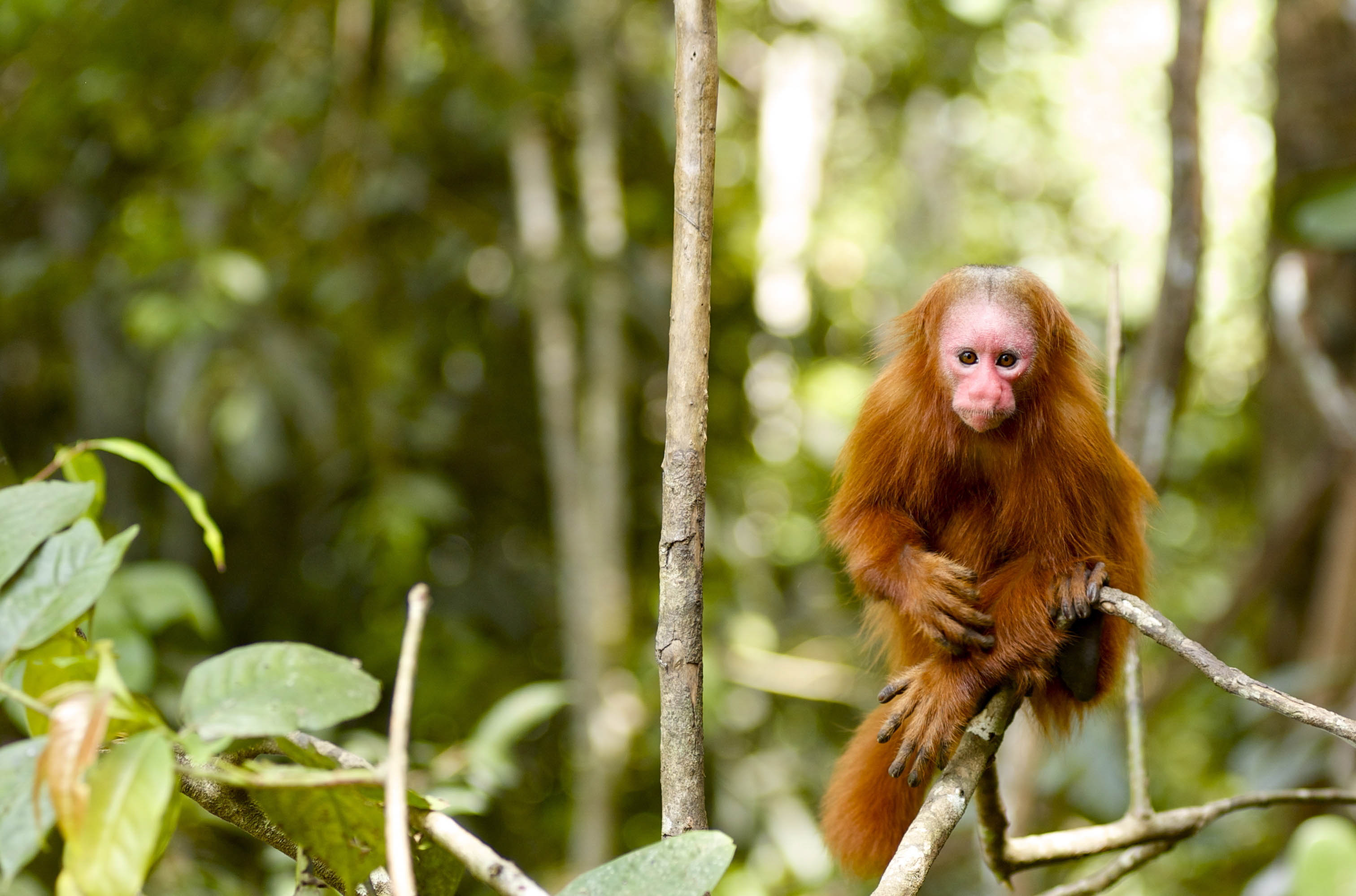

Something we always recommend to our customers is pairing the Galápagos with mainland Ecuador. For one thing, a week is plenty of time to experience the islands, leaving time to explore the Ecuadorian Andes or Amazon and spot even more wildlife. Plus, flights to the Galápagos only depart from Quito or Guayaquil giving you the perfect opportunity to take some time to explore.
Pairing the Galápagos with Machu Picchu is also possible - just speak to one of our Travel Experts to find out more.
Keeping your visit eco-friendly
For the most part, the best thing to do is to simply follow the rules. With an economy dependent on its natural heritage, the Galápagos takes nature protection seriously. Almost all of the islands form part of the Galápagos National Park, and cruises, excursions and park entry are all strictly regulated to ensure that tourism benefits the local environment. Guides are well-trained and care deeply about the islands’ wildlife, and will keep you right if you accidentally break a rule.
One thing visitors should be aware of is that you’re technically not allowed to get to within six feet of any of the animals. Although the animals themselves may disregard this rule and approach you, try to adhere to it yourself.
Finally, hotels vary in terms of how sustainable they are. All the ones Journey Latin America works with are committed to initiatives such as local conservation and employment, and water conservation.
Ready to start planning your perfect trip? Take a look at some of our suggested itineraries or reach out to talk to a Travel Expert!
Tailor-made holidays
Flexible, custom-made holidays to Latin America created to match your exact requirements: our tailor-made itineraries are as unique as the clients for whom they are designed.
Design my tripPapagaio
Your edit for Latin American inspiration
Our exciting range of articles on Latin America explore everything from iconic destinations and lesser-known cultural gems to delicious traditional recipes. You’ll also find exclusive travel tips, first-hand client reviews and the chance to get your personal questions answered by our travel experts.
View Extraordinary Inspiration


